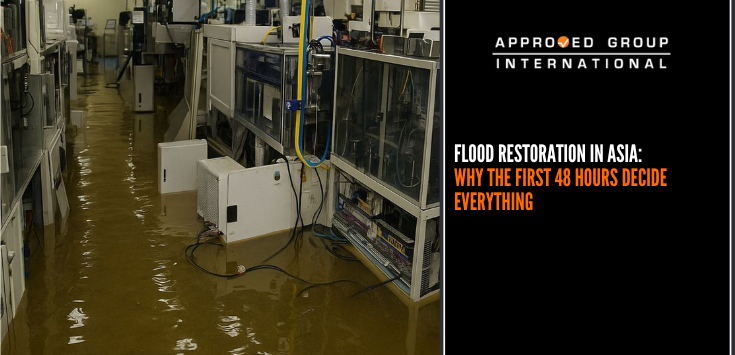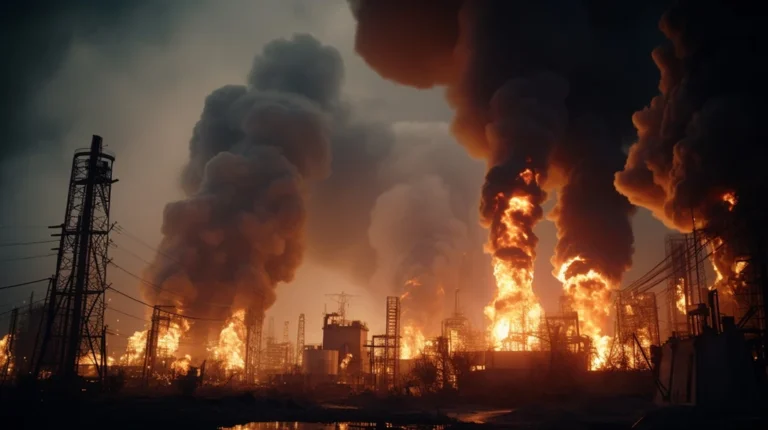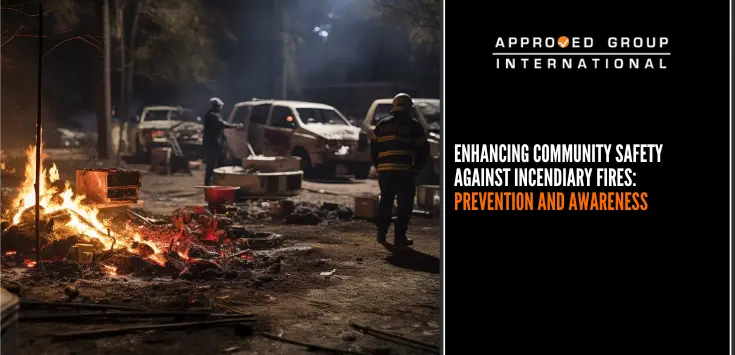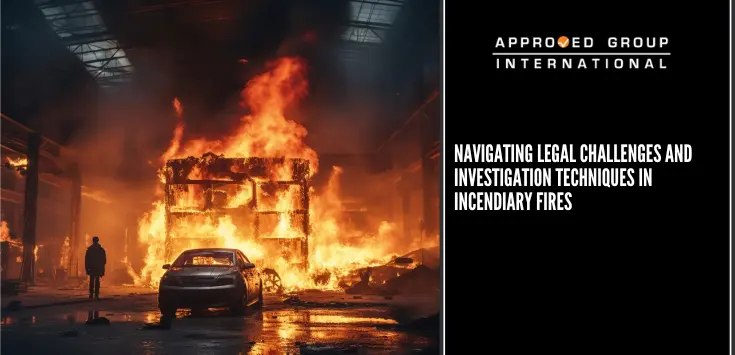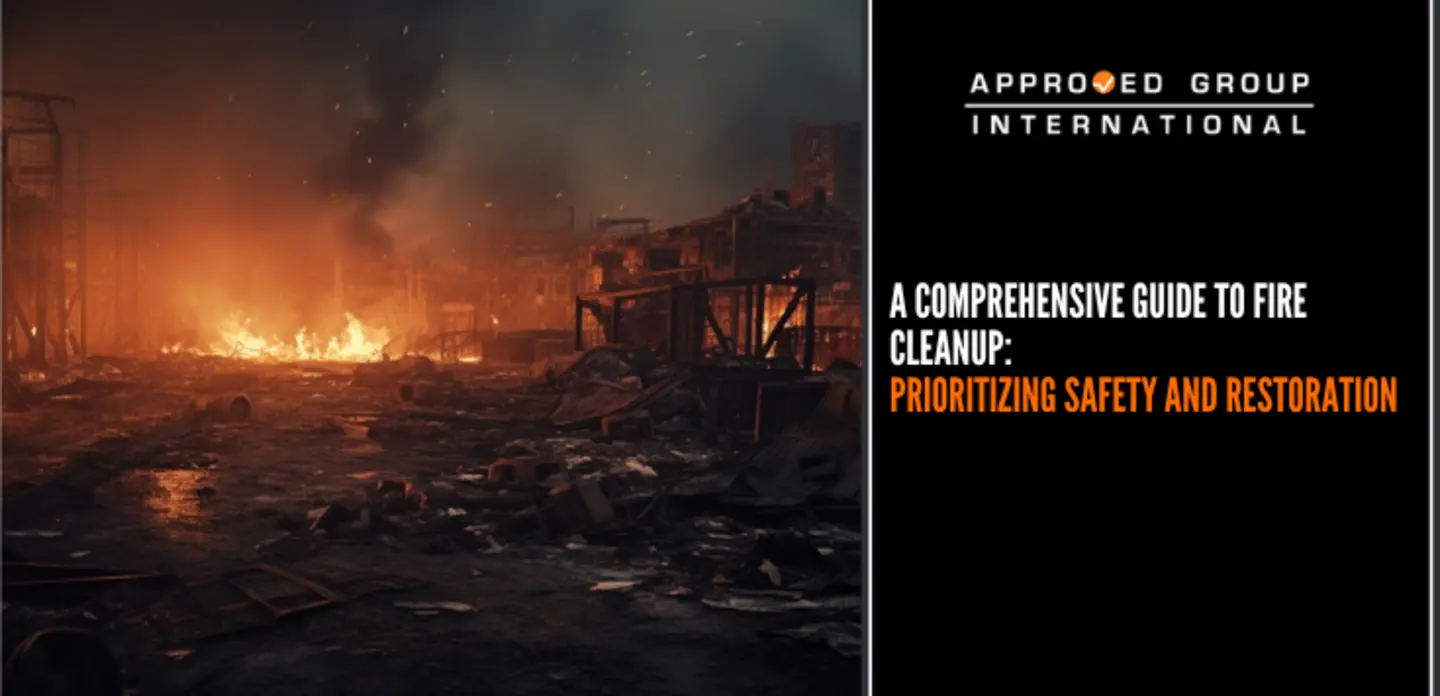An autoclave is a pressure chamber that carries out operation by applying elevated temperatures and pressures to the workload inside. In medical field, autoclave is commonly used to sterilise gauze, dental and surgical instruments, sterile, and microbiology materials. Industrial autoclaves are used for many purposes. One of them is for the safety glass production industry.
A failure and fire was reported to have occurred in an autoclave, which is used to bond the plastic interlayer to the glass to produce laminated glass. It was discovered at the end of the lamination process, when the operator opened the autoclave door and observed that the safety glass contained within the chamber had shattered and was covered with heavy soot deposit.
Approved Forensics Sdn Bhd (AFSB) was appointed to determine the possible cause of the fire to the affected autoclave. The investigation was first conducted by examining and identifying the affected autoclave. The autoclave consisted of three (3) condensers, twelve (12) heaters, and ventilation fan and inlet and outlet pipes for cooling water and compressed air supplies. It also has a mechanical safety valve, which serves as a safety measure to prevent overpressure within the chamber. The drawing of the autoclave is illustrated in Figure 1.

The safety glass that was heated and laminated in the affected autoclave consists of two (2) panes of glass and a layer of plastic interlayer. The process in the autoclave begun with the heating process, where the temperature and pressure were raised. It was then followed by the hold process, where the temperature remained while the pressure was increased to the designated level. Finally, the lamination process completed and cooling process and depressurisation took place for a certain period of time. After the identification, a damage analysis was conducted on the autoclave and the glass inside. It was revealed that only the interior of the autoclave was affected. A fire was determined to have occurred based on the extent of damage to the glass and the condition within the autoclave. The safety glass was found to have either shattered or softened, and was covered with heavy soot deposit. The wagon that was used to store the glass was heat damaged.




From the on-site examination and damage analysis, several hypotheses had been developed, tested, and subsequently ruled out based on the lack of evidence, which included power surge from main incoming supply, electrical failure to the wiring and controller, and frictional heating of the ventilation fan. Further examination revealed that the temperature and pressure plotting for the autoclave stopped in the midst of the hold process and then continued at the end of the cooling process. In the hold process, the temperature, which supposed to stop at 140˚C, but it was found to have increased rapidly from 140˚C to more than 200˚C. Upon testing, one (1) of the contactor, which was used to control one (1) of the heaters, was found to have failed. After the replacement of the failed contactor, the autoclave was tested and functioning properly. A mechanical failure to the contactor can occur due to excessive heating or exceeding operating or service life, or jamming due to corrosion or rust. The failure would prevent the coil circuit from returning into open position and remained in the closed position, causing the current to be continuously supplied to the heater. During the hold process, the condensers for cooling and heaters for heating stopped operating to maintain the temperature within the autoclave chamber. Due to the mechanical failure of the contactor, the heater continued to be energised and operated to heat up the chamber, causing rapid increase of temperature until above 200˚C, as recorded by the graph. Heat exposure to more than 160˚C caused the degradation and subsequently ignited the plastic interlayer. Therefore, the fire commenced due to a mechanical failure of the contactor of the heater, which subsequently led to an increase of temperature within the autoclave chamber and the autoignition of the vapours emitted by the plastic interlayer of the safety glass.


